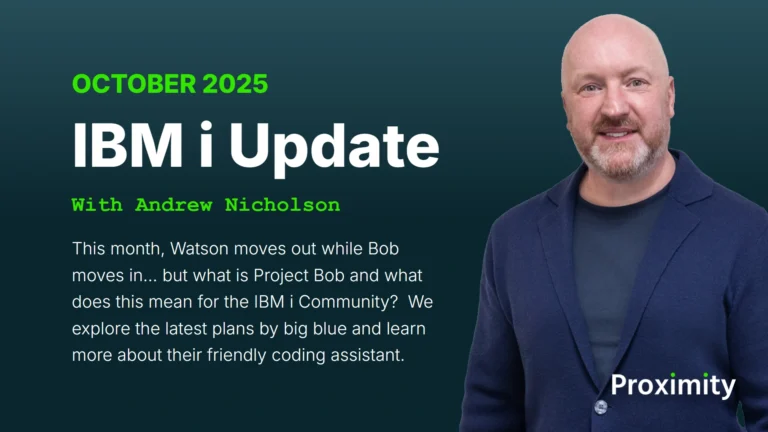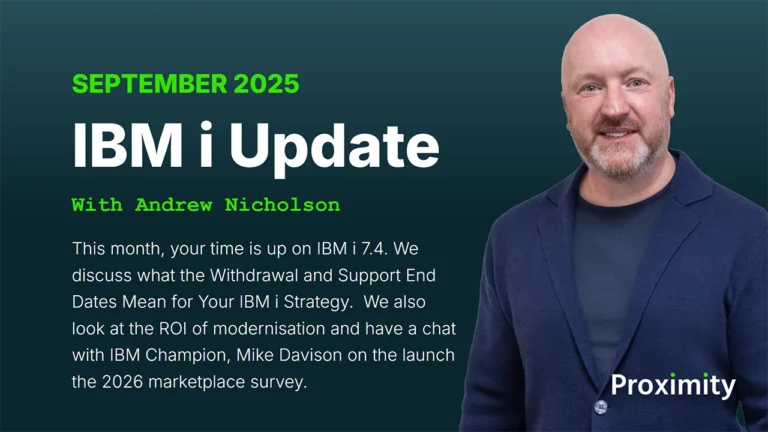Adopting a business-first strategy for your IBM i applications is key to a successful development and modernisation project according to Steve Gapp, president of LANSA Americas.
Writing in IBM Systems Magazine, Gapp provides five guiding principles to ensure organisations remain focused on business needs in any project:
- Alignment with the business goals: not unsurprisingly, the first principle is to fully understand what is happening in the company and what strategic priorities have been set
- Incremental wins: ensure your project delivers incremental benefits to the business – that are visible and measurable
- Data quality and reporting: Gapp argues that ‘you must be able to deliver accurate and timely reporting that drives business decisions’. Dashboards, KPI’s and the ability to interrogate data are all part of the mix for delivering business intelligence – components that you can find in BCD Software (now Fresche Solutions)’s Business i
- IBM i on Power Systems technology: now is the time to educate those inside and outside our organisations on just how flexible, powerful and open the IBM i can be for developing highly innovative and modern software applications, especially when it is coupled with the very latest versions of Power.
By bearing these guiding principles in mind, Gapp argues that:
“legacy applications of old can become our dream enterprise application”.
Not only that, but they can also showcase all that is good about the IBM i and the skills in your IT department.
Here Gapp takes the opportunity to highlight a number of (business-first) applications that you might want to consider, including:
- Making your ecommerce solutions fully integrated to your ERP back-office system: see how iconic British brand Draper Tools used WebSmart to revamp its business-to-consumer website
- Eliminate manual data entry into your back office systems: You may be interested in looking at how Stream, a cloud-based order, delivery and order management application designed and developed on the IBM i (and taking advantage of BCD Software tools such as Clover and WebSmart PHP) has all but eliminated the need for manual order entry (and incidentally integrates fully with Infor BPCS and LX)
- Remote workers have mobile access to real-time information for the management and fulfilment of order taking, field service work order completion, etc: see how Avery Weigh-Tronix used WebSmart ILE developed a mobile web application with offline support and signature capture, which delivered ROI in less than a year
- Managers have accurate reporting and KPIs rendered graphically to assist their decision making, giving them the ongoing information they need to run their departments: read how Clover and Nexus eliminated Key City Furniture’s printed reports and reduced inventory costs with real-time web reports
- Customers can track orders on a self-service basis without needing a customer service representative to trawl through a myriad applications to give an accurate update: again, have a look at the self-service customer portal developed as part of Stream





